QR (Quick Response) codes have been around since the 1990s. The technology has not changed since then; but in a world of smartphones and 5G connectivity their use has finally taken off. QR codes have played a prominent role in governments’ responses to the COvid-19 pandemic too, bringing them into the mainstream.
Now is the perfect time for brands to take advantage of QR codes for digital marketing.
So how do QR codes work? Why have they taken off since 2022? How can you create your own? And how are brands using them today?
QR codes in marketing: a short history
QR codes were invented in 1994 by a Japanese automotive company called Denso Wave, with the aim of tracking vehicles during production. Their distinctive design was inspired by the black and white pieces in the board game Go.

The pattern of squares and white space (which is known as the “quiet zone”) in each QR code is unique, so it can be tied back to one piece of online data. The codes can also be read from all directions, meaning the user can quickly scan it using their smartphone and land on the intended web page in seconds.
For example, a restaurant can turn the URL for their menu into a QR code. When a customer scans the code, they can be directed straight to the menu page.

A standard barcode, like the ones on packaged products in supermarkets, contains data horizontally but not vertically.
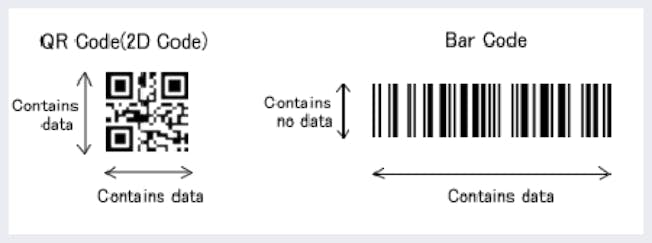
In a QR code, data is encoded in both rows and columns and can be decoded by a scanner. Today, these scanners are built into smartphones.
Prior to the Covid-19 pandemic, there was a sense that QR codes had failed to reach their potential. They had obvious benefits: QR codes are cheap to create, they save customers time, and companies can track their popularity. Yet these benefits were not quite enough to encourage people to adopt a new behavior.
However, the Covid-19 pandemic has brought QR codes to the center of public discourse. As this chart shows, QR codes are finally having their moment:

A MobileIron survey found that 83% of American consumers have scanned a QR code at least once, and 72% of people have scanned a QR code within the past month.
Creating these codes is very simple for anyone to do.
There are free services such as QR Code Generator and the Wix QR Code Creator, although safety-conscious, larger brands typically opt for a paid service like Beaconstac.
QR codes clearly have a functional use for companies. They can cut out a number of steps in the user journey and take customers straight to the correct piece of information.
But are there more creative ways to use this format?
Examples of QR code marketing
1. Coinbase: Eye-Catching Simplicity
Super Bowl advertising is big business. Brands spend tens of millions of dollars for a short advertising slot, so they want to get the most out of the investment.
Typically, this means brands go for big-name celebrity appearances and expensive productions, as seen in some of the best Super Bowl ads
Coinbase turned that received wisdom on its head by displaying nothing more than a bouncing QR code in its Super Bowl LVI advertisement.

Users could scan the code to gain access to $15 of free Bitcoin, if they signed up to a Coinbase account.
The company followed up this QR code marketing campaign on its social media channels to add context to the minimalist Super Bowl commercial.
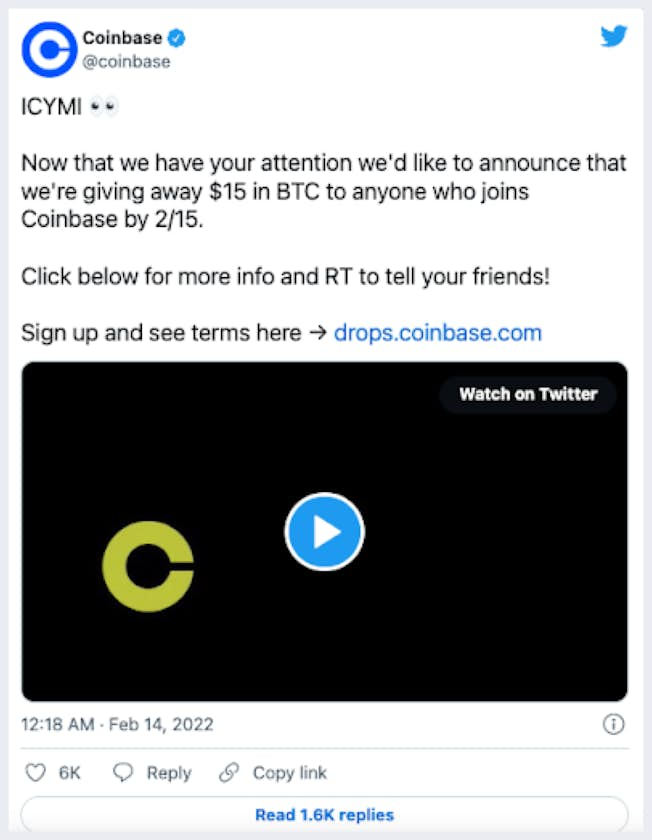
The 60-second slot is estimated to have cost Coinbase $13 million.
But if Coinbase’s main objective was to attract attention, it certainly succeeded. The Coinbase app crashed soon after the ad went live, due to the huge surge in traffic.

Why did the Coinbase campaign work?
It is a classic truism of advertising that brands should go against the grain. When every company had black headphones, Apple introduced white ones. If everyone else is drawing an ‘X’, draw an ‘O’.
It is counterintuitive to spend $13 million on a 60-second ad slot and then fill it with a bouncing QR code. That’s exactly why it works. QR codes are everywhere at the moment, so it makes sense to make one the star of the show.
The offer is simple and compelling, too. It draws the customer in and then gives them a clear reason to sign up for an account.
2. Adidas: QR codes with geo-location
When Adidas launched the new Pulseboost HD range, it added a QR code to the sneaker’s tongue. When users scan the code, it takes them to a Spotify playlist that contains music based on their current location. Adidas partnered with Spotify to curate a range of playlists for a variety of major cities and has since extended the partnership to add QR codes to t-shirts and hoodies. The range of playlists continues to grow, too.
The addition of geo-location data shows that QR codes are not just standalone gateways to a URL. When combined with other data, they can lead users to more personalized content.

Why does the Adidas campaign work?
It takes into account the user’s in-the-moment needs. When you’re out running, it is difficult to scroll through an app to find the right playlist. With this QR code, the user is taken straight to an upbeat selection of music from their city or town. (Presumably, the user will briefly stop running to scan the code, of course.)
This is excellent for Adidas too, as it strengthens the customer relationship through the Spotify partnership.
3. Louis Vuitton: Creative QR Collaboration
Louis Vuitton partnered with Takashi Murakami to create a range of custom QR codes in the artist’s distinctive style. The campaign, which ran in Japan, invited customers to scan the code and visit the new handbag range, which was co-designed by Murakami and Louis Vuitton.
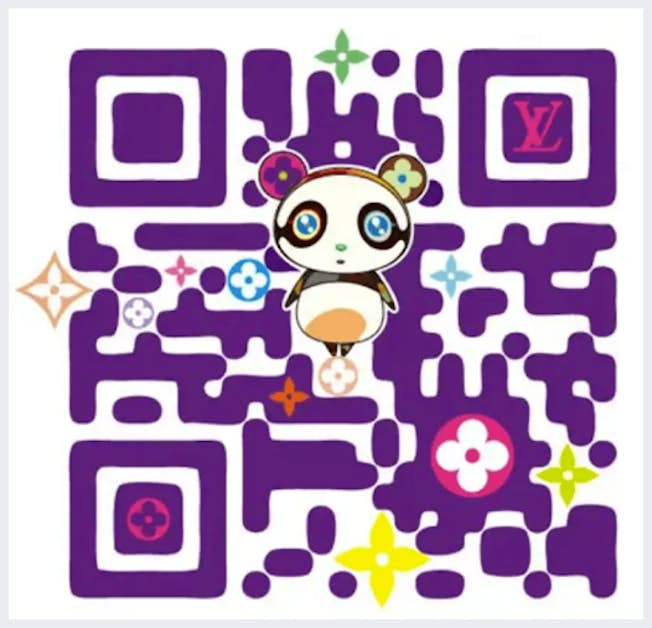
Why does the campaign work?
It takes the well-known (and aesthetically, rather tired) format of the QR code and brings it to life in an entirely new way. Murakami’s designs are instantly recognizable, but they are unexpected in this context.
The design also ties in neatly with the new handbag collaboration, so users will have a good idea of what to expect when they arrive on the Louis Vuitton site.
4. Lacoste: Linking TV and Ecommerce
According to a 2021 survey, 36% of US consumers have already used QR codes as a payment method, with 53% saying they would use QR codes as a payment method in the future. This makes sense: QR codes allow users to make an effortless leap from wanting a product to having it.
Lacoste showed an understanding of this potential already back in 2019 when it added a QR code to its ads during that year’s French Open tennis tournament.
The company invests heavily in its player sponsorships, in the hope that viewers will want to replicate their heroes’ styles. In this example, Lacoste places a QR code right beside Novak Djokovic, inviting users to scan and shop his on-screen ensemble.
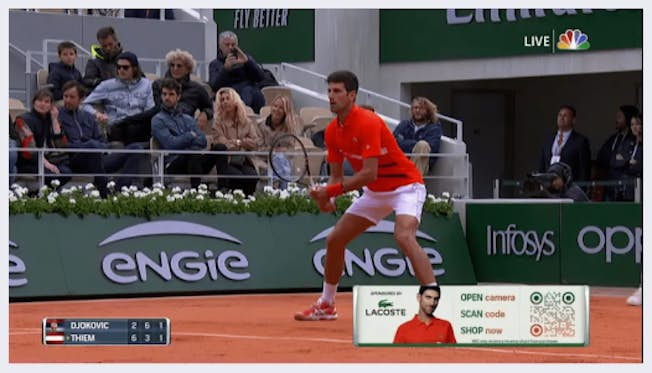
Other businesses have been following suit. CVS pharmacies in the US have started to use QR codes to make payments and we should expect more fashion brands to add this option to their social media livestreams. There is still some friction in the online payments process; QR codes can simplify this significantly.
Why does the Lacoste campaign work?
This QR code reaches the user at what is potentially a moment of high purchase intent. It has clear instructions and the code eases the path to purchase. Lacoste has found that QR codes can bridge the offline and online worlds very effectively.
5. DIESEL: Scan for Authentication
For the fashion brand DIESEL, counterfeit jeans are a big problem. It often finds that counterfeiters flood the market with fake versions of their products, diminishing the brand’s value and reputation.
QR codes provide an elegant solution to this challenge. DIESEL adds QR codes to its jeans, taking the user to a verified record of the product’s source. It is a trustworthy marker of authenticity and each pair has a unique code, so they cannot be copied.
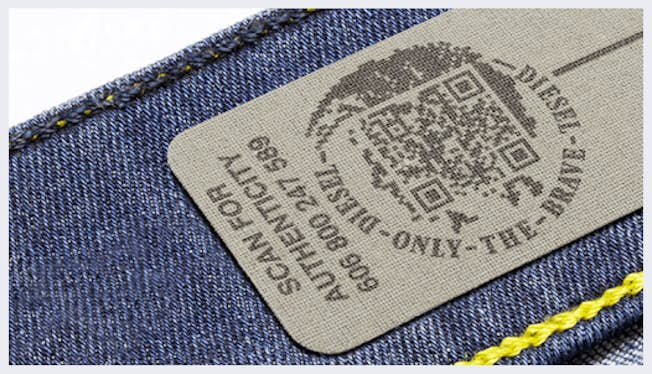
Counterfeit jeans remain a problem, but the fake versions can no longer claim to be the real thing.
QR codes are used for authentication in many other industries, too. Prooftag adds QR codes to bottles of fine wine and spirits, allowing the user to verify the provenance of their purchase. This also helps if the customer wants to resell the bottle, as the new buyer can verify the product’s source.
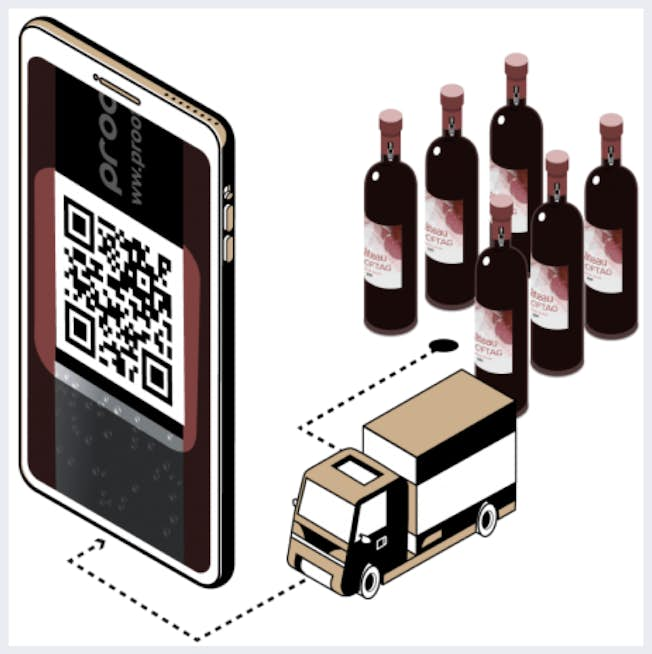
Why does the DIESEL campaign work?
DIESEL uses QR codes as a way to protect the value of its brand. It stores records of each product and the QR code is a gateway to access this information. However, the code is also an outward display of authenticity that anyone can scan. It is a clever way to take on the counterfeiters, using a simple technology.
The benefits of using QR codes for marketing
As these examples show, QR codes offer a lot more marketing potential than one might initially think. They are cheap, ubiquitous, and can be used very creatively. Brands today are already taking advantage of QR codes in marketing campaigns so think about how you can also use them to achieve:
- Eye-catching simplicity
- Geo-located personalization
- Creative collaborations
- A link between TV and ecommerce
- Product authentication
Upgrade to Power Membership to continue
your access to thousands of articles, toolkits, podcasts, lessons and much much more.
Become a Power Member- Login
- View Courses
- - - -
- Courses
- Resources
- - - -
- My Account
- Change Password
- Logout





